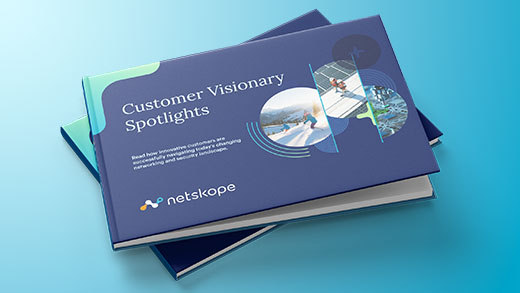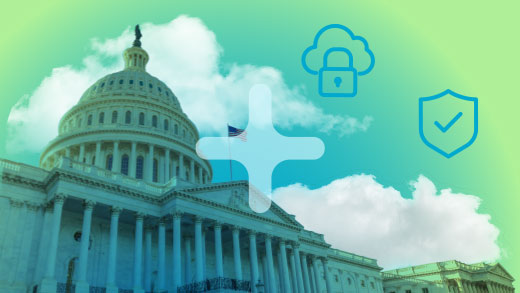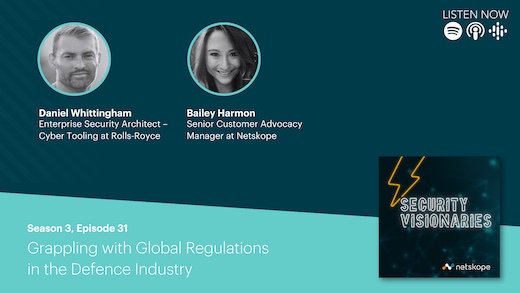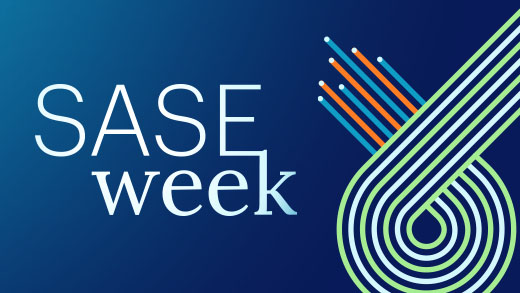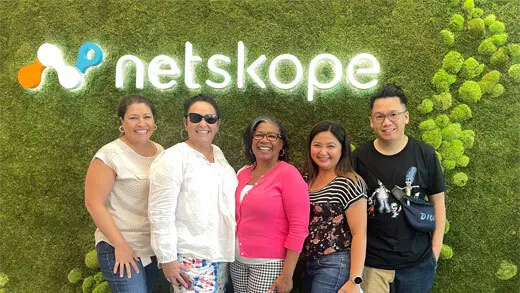The 2025 Generative AI Cloud and Threat Report spotlights the growing adoption of genAI, the increasing risk that genAI represents, and the strategies organizations have adopted to reduce that risk. When we first published a Generative AI Cloud and Threat Report in 2023, genAI was still a nascent technology virtually synonymous with ChatGPT. Google’s recently released Bard (now Gemini) rapidly added users but was far from challenging ChatGPT’s dominance. Only 1 out of 100 enterprise users were using genAI apps. Fast forward to 2025: nearly 1 in 20 enterprise users are using genAI apps, and even more are indirectly using genAI or contributing data for training AI models. Netskope is currently tracking the use of 317 distinct genAI apps across our base of more than 3,500 customers.
This report aims to provide a data-driven accounting of the top genAI trends, highlighting adoption, risk, and risk reduction. It begins by examining how pervasive genAI has become, highlights the data risks surrounding its adoption, and analyzes the different types of controls organizations use to reduce the risk. Given the timing of this report–a few short months after DeepSeek-V3’s release made waves regarding its reported cost and efficiency–it also includes a case study surrounding DeepSeek. The case study illustrates what happens when a new and intriguing genAI tool is released and highlights the best practices to reduce the associated risks.
The remainder of this report provides a deeper dive into the following:
- GenAI is a growing data security risk: The amount of data sent to genAI apps in prompts and uploads has increased more than 30-fold over the past year, increasing volumes of sensitive data exposure, especially source code, regulated data, intellectual property, and secrets.
- GenAI is everywhere: While most organizations (90%) use genAI apps, even more (98%) use apps that incorporate genAI features. While genAI apps are used by a relatively small population (4.9% of users), the majority use apps incorporating genAI features (75% of users).
- GenAI is shadow IT: Most genAI use in the enterprise (72%) is shadow IT, driven by individuals using personal accounts to access genAI apps.
GenAI risk reduction is possible: Blocking, data loss prevention (DLP), and real-time user coaching are among the most popular controls for reducing genAI risk.




 Back
Back 
